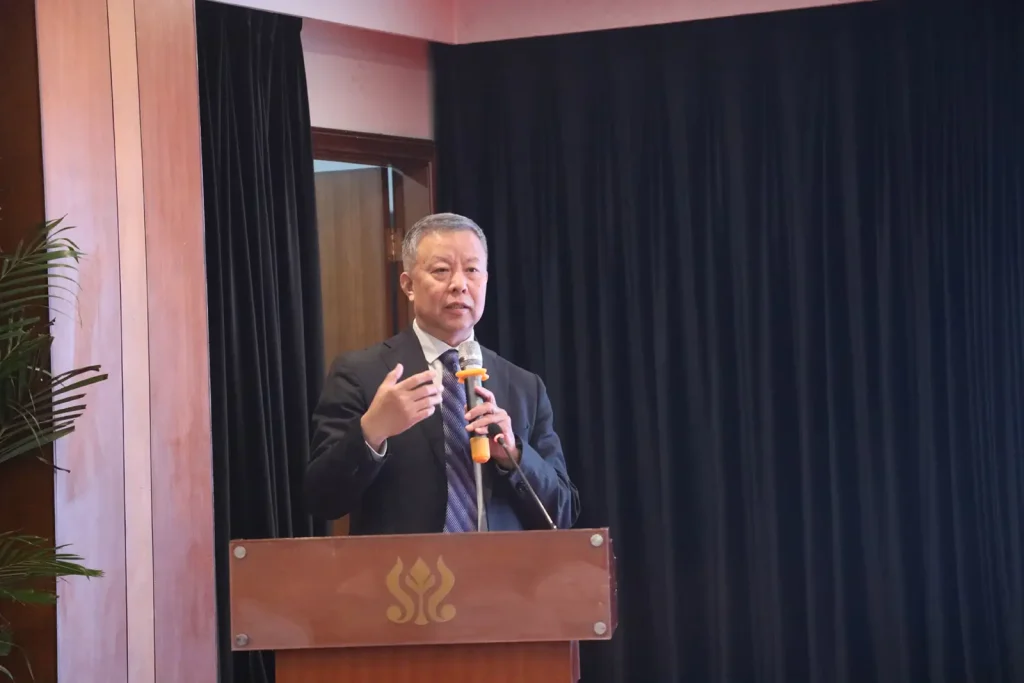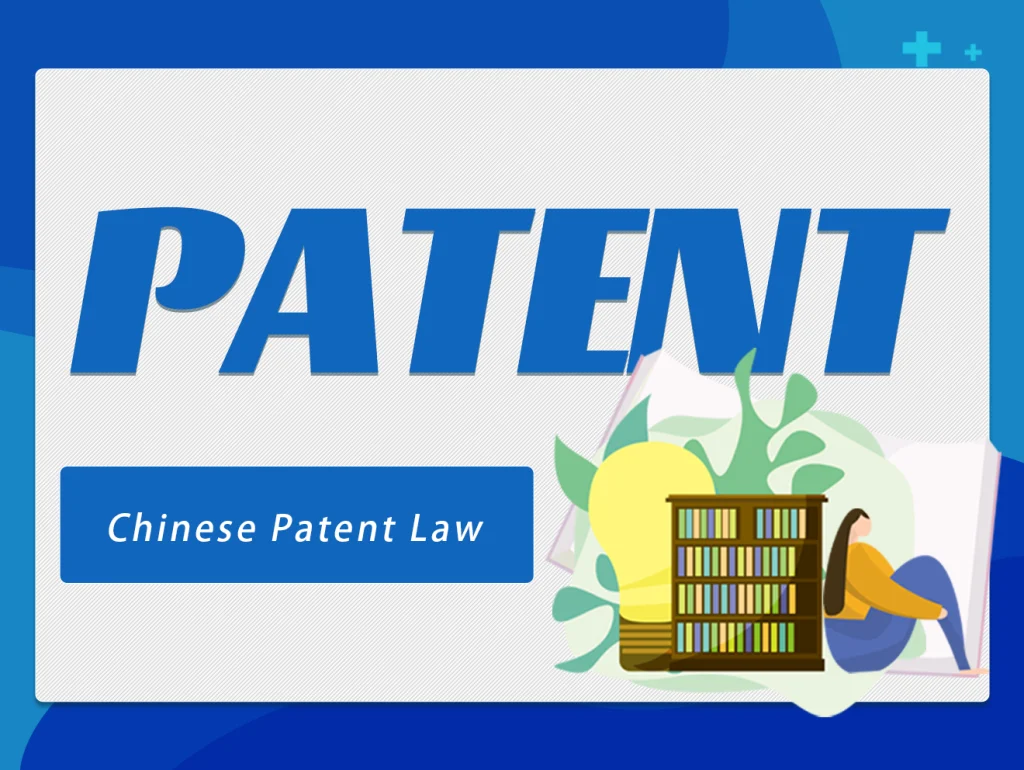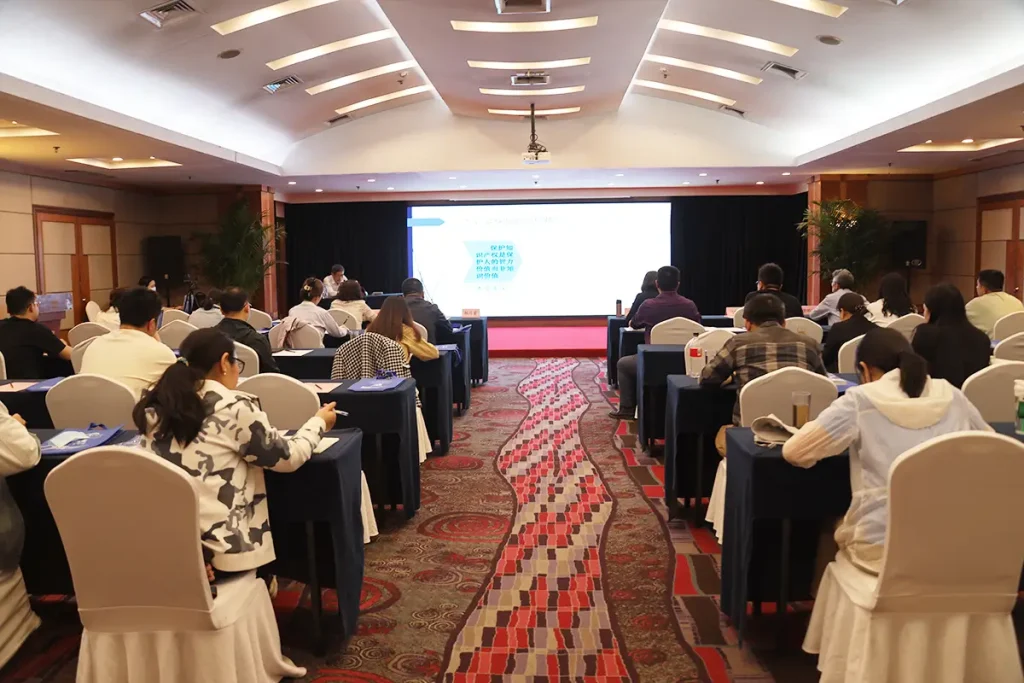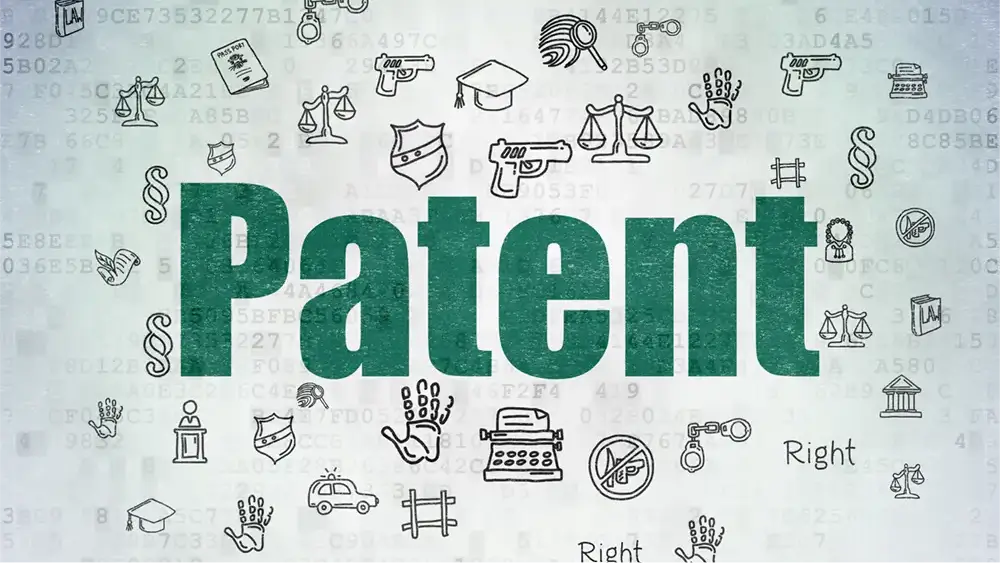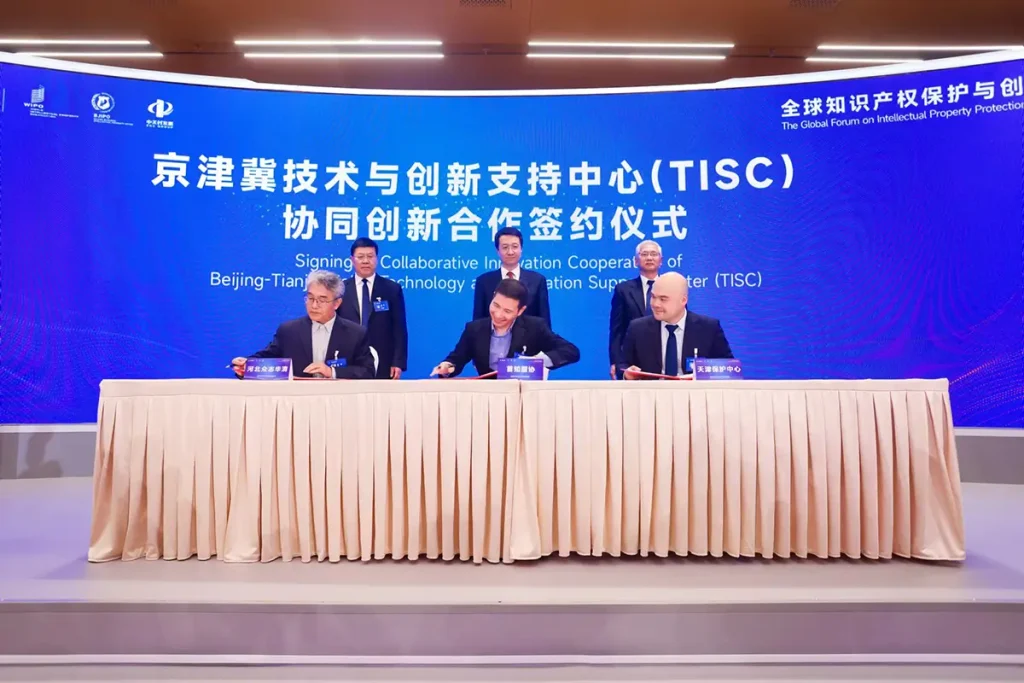US Appeals Court: New Standards for Design Patent Obviousness
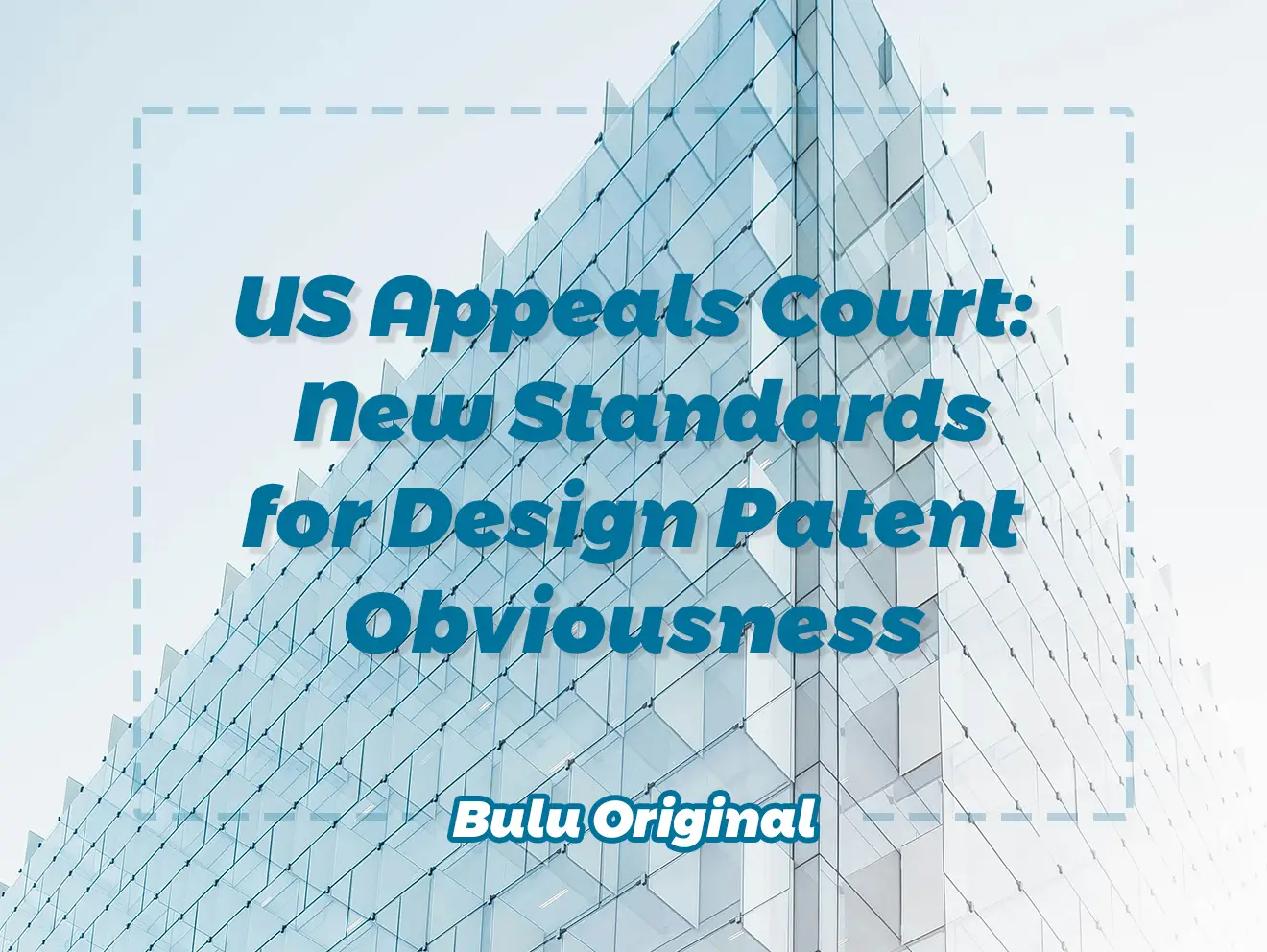
US Appeals Court New Standards for Design Patent Obviousness


The court overturned the long-standing legal standard for determining obviousness of design patents and announced that it would use the same standard as utility patents, namely the standard established by the U.S. Supreme Court in the 2007 KSR v. Teleflexi case and the 1966 Graham v. Deereii case.
For a long time, the obviousness assessment of design patents has followed the Rosen-Durling standard, which has two steps:
1. Find an existing design that is “basically the same” as the claimed design;
2. Evaluate whether there are other designs that are “so related” to the existing design.
However, the judges of the Circuit Court of Appeals unanimously agreed that this legal standard was too strict and lacked flexibility, and did not meet the more flexible standard set by the Supreme Court in the KSR case. Therefore, the court announced that the obviousness assessment of design patents will adopt the same Graham four-factor judgment method as invention patents in the future.
1. Scope and Content of Prior Art.
Design patent obviousness analysis still turns on a primary reference that is visually close to the claimed design, even if not “basically the same.” Pertinent prior art must be in the same field of endeavor as the claimed design or analogous art.
Understanding: When evaluating whether a design patent is obvious, it is necessary to examine the main reference in the prior design that is visually close to the claimed design. The reference must belong to the same technical field as the claimed design, or a similar related field.
2. Differences Between Prior Art and Claimed Design.
Differences between the prior art and claimed design must be evaluated “from the perspective of an ordinary designer in the field of the article of manufacture.” In fact, the USPTO noted that the greater the differences between the primary and secondary references, the harder it will be to establish a motivation to combine.
Understanding: To analyze the differences between existing technology and proposed designs, you need to put yourself in the shoes of an ordinary designer in the field. The more significant the differences, the harder it is to prove that an average designer in the field would have an incentive to combine them.
3. Level of Ordinary Skill in the Art.
Proposed combinations of prior art are viewed through the lens of the “knowledge of a designer of ordinary skill who designs articles of the type being examined.” But, as LKQ instructs, there must be record evidence to show that a designer of ordinary skill, at the time of the invention. The USPTO explained that record-supported evidence must exist to show that a designer of ordinary skill, at the time of the invention, would have been “motivated to modify the prior art design to create the same overall visual appearance as the claimed design.”
Understanding: The knowledge of an average designer is taken into account when evaluating a proposed combination of existing designs. At the same time, there must be evidence that an average designer would be motivated to modify the existing designs to achieve the same overall visual effect as the claimed design at the time of creation.
4. Secondary Considerations.
Objective indicia of non-obviousness still serve as a check against improper hindsight; if anything, these factors may be more important under LKQ.
Understanding: Objective secondary factors, such as business success, long-standing unmet needs, etc., are still used to prevent the “hindsight” of the evaluation, and the role of these factors may be more prominent under the guidance of LKQ.
After the LKQ case, the United States Patent and Trademark Office (USPTO) will guide the Patent Trial and Appeal Board (PTAB) and examiners on how to apply Graham to the obviousness judgment of design patents. In summary, the key points of Graham are mainly manifested in three aspects: the closest existing design does not require “substantially the same”; dealing with the differences between the existing design and the claimed design, there is no evidence of hindsight.
references:
LKQ v. GM: PTAB and Examiner Guidance on Design Patent Obviousness from USPTO
美国上诉法院全庭判决:设计专利显而易见改用KSR/Graham标准
i KSR v. Teleflex: KSR International Co. v. Teleflex Inc. is a landmark case in U.S. patent law that occurred in 2007. The case redefined the standard of patent obviousness, emphasizing a flexible and common-sense evaluation method, replacing the overly strict TSM test. This decision has had a profound impact on the field of U.S. patent law, affecting all aspects of patent application, examination and litigation.
ii KGraham v. Deere: Graham v. John Deere Co. is an important decision of the U.S. Supreme Court in 1966. It laid the legal foundation for modern patent obviousness evaluation by establishing four obviousness considerations. It not only affects the process of patent application and examination, but also provides a clear and flexible evaluation framework for subsequent patent litigation, which has long-term guiding significance for patent law practice.


Shanghai Bulu Intellectual Property Agency LLP
Tel:+86 (0)21 5833 8320
Mail:tisc@joinhua.com
Add:No.199 JinXiang Rd. Pudong, Shanghai, China
© 2025 Shanghai bulu Intellectual Property Firm. Created with ❤ using WordPress and Kubio

